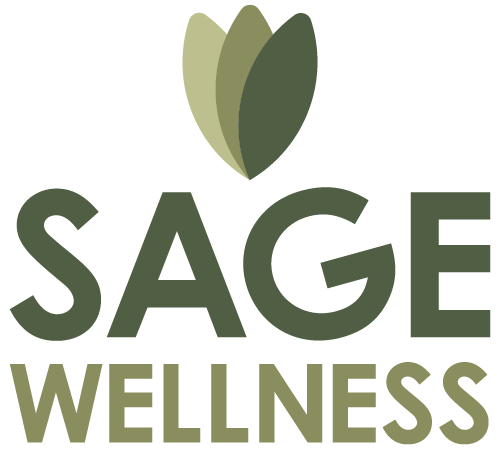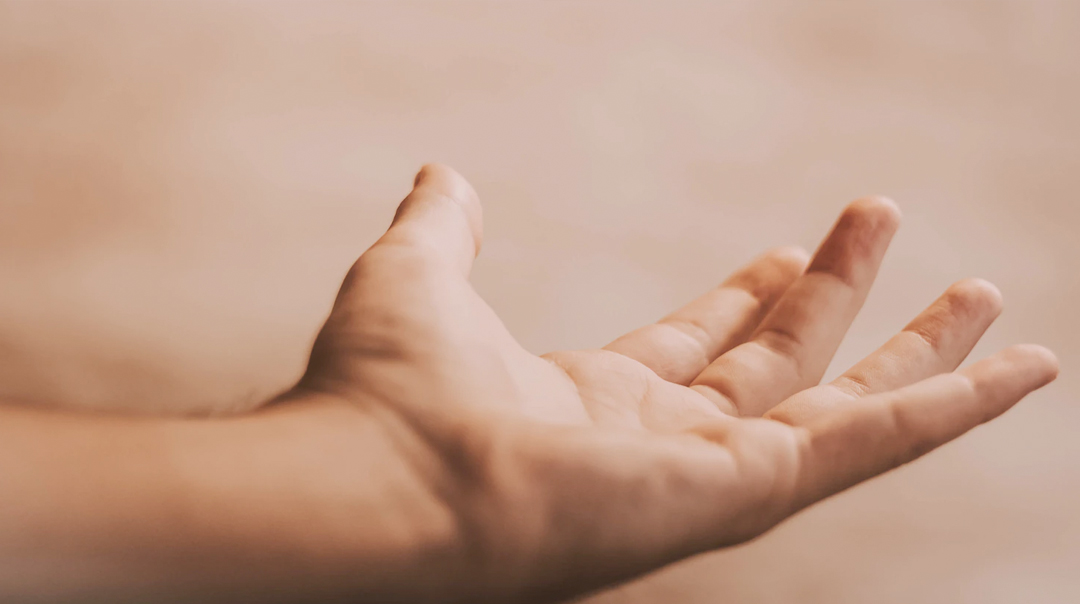Neuropathies are very widespread conditions that make a huge impact on what we can or can’t do with our time.
Most of us know someone who has one. A neuropathy usually shows up as a weird sensation throughout a whole, or part, of a limb. Advanced stages can unfortunately involve loss of use of parts of the body, however, the interesting thing is that they can still benefit from a lot of the same maintenance and fitness techniques as any other body region (often more so).
Over the next little while I’d like to walk you through some steps that have been proven to help maintain a healthy quality of life for individuals with a specific type of neuropathy known as PMA/HMSN (Peroneal Muscular Atrophy/Hereditary Motor & Sensory Neuropathy Disease), but like I said, it holds a lot of merit for anyone who is looking for good, healthy and flexible extremities.
 First, a bit of background knowledge of the disease for those interested: PMA is a disease that slowly gets worse with age through a gradual loss if insulation around the nerves feeding to the hands and feet. You get it from your mother’s side of the tree, but both men and women can have it. From around puberty, it can start to show up as weakness or slow reaction times in the muscles of the forearms, wrists, fingers, lower legs, ankles and toes. Eventually, this can lead to muscles wasting away, since they aren’t firing like they should. Obviously, this can make action like gripping a railing, playing a lot of sports, or even just keeping your balance, really tough. I should stress, however, that if you’ve ever experienced such situations, this is more than likely because you might be a tad out of shape and not necessarily because your nerves are failing! All the more reason to look at this as an opportunity to stretch and strengthen tight muscles.
First, a bit of background knowledge of the disease for those interested: PMA is a disease that slowly gets worse with age through a gradual loss if insulation around the nerves feeding to the hands and feet. You get it from your mother’s side of the tree, but both men and women can have it. From around puberty, it can start to show up as weakness or slow reaction times in the muscles of the forearms, wrists, fingers, lower legs, ankles and toes. Eventually, this can lead to muscles wasting away, since they aren’t firing like they should. Obviously, this can make action like gripping a railing, playing a lot of sports, or even just keeping your balance, really tough. I should stress, however, that if you’ve ever experienced such situations, this is more than likely because you might be a tad out of shape and not necessarily because your nerves are failing! All the more reason to look at this as an opportunity to stretch and strengthen tight muscles.
A few more symptoms to consider which might be helped through tissue work:
- numbness or tingling in the extremities
- low morale (especially if it’s hard to perform certain activities, sports, job-specific tasks, etc.)
- reduced circulation in the extremities
- frequent muscle spasms in specific locations like the forearms, the wrists, the fingers and the
- calves
- tough finding common shoe brands that provide good foot support
- hard to tell when toenails get long, calluses form, toes get stubbed or when naughty little stones find their way into your shoes (etc.) because of a lack of sensation in the feet
The main methods to tackle this, and many other conditions, is getting into a good routine that involves stretch, tissue work, exercise and rest. I’d like to lay out those details next time and I hope you’ll find them helpful.
This was post was written by Jason Epps.




Recent Comments